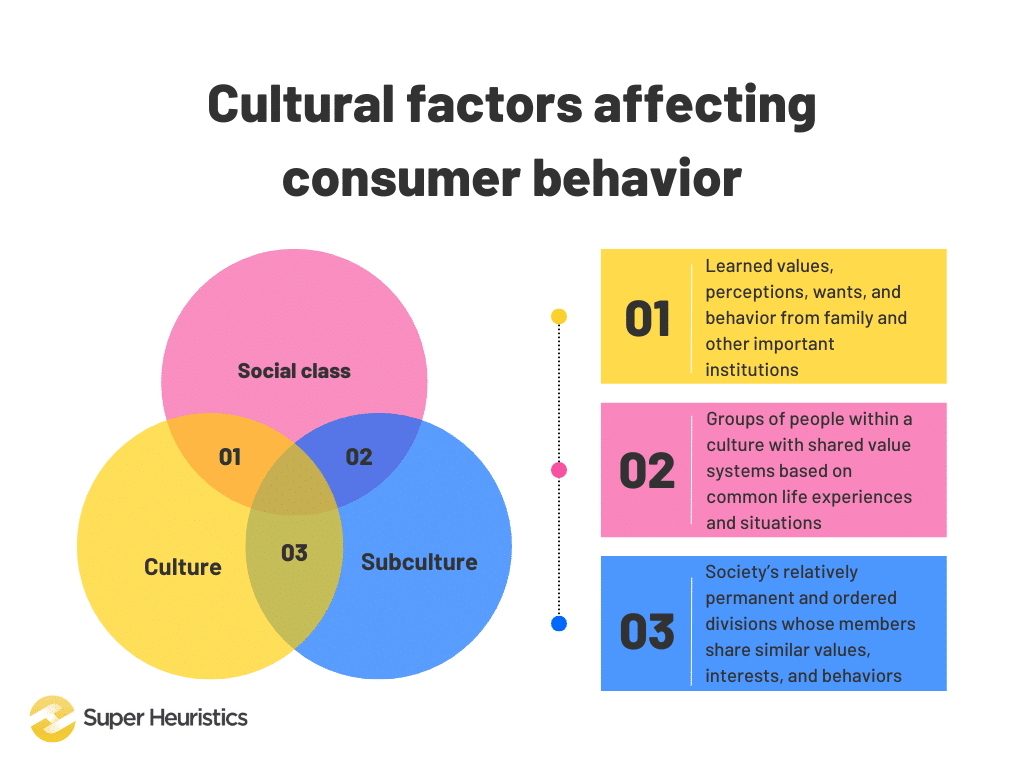Diving into Cross-Cultural Consumer Behavior
When it comes to understanding consumer behavior in today’s global market, one cannot overlook the significance of cross-cultural influences. With the world becoming increasingly interconnected, businesses must adapt to the diverse needs and preferences of consumers from different cultural backgrounds. This is where the study of cross-cultural consumer behavior comes into play, offering valuable insights into how individuals from various cultures make purchasing decisions.
One of the key factors that shape cross-cultural consumer behavior is the influence of cultural values and norms. Different cultures have unique beliefs, traditions, and societal norms that impact how individuals perceive products and services. For example, in some cultures, the concept of individualism is highly valued, leading consumers to prioritize personal goals and achievements in their purchasing decisions. On the other hand, collectivist cultures place a greater emphasis on the needs and desires of the group, influencing consumers to make choices that benefit the larger community.
Moreover, cultural differences also play a significant role in shaping consumer perceptions of brand image and product attributes. For instance, a brand that is perceived as prestigious and luxurious in one culture may be seen as ordinary or even undesirable in another. Understanding these cultural nuances is essential for businesses looking to expand their global reach and appeal to a diverse customer base.
In addition to cultural values, consumer behavior is also influenced by social factors such as family dynamics, peer influence, and social class. In some cultures, family plays a central role in decision-making processes, with individuals seeking the approval and support of their loved ones before making a purchase. On the other hand, in more individualistic societies, consumers may rely on the opinions of influencers and celebrities to guide their buying decisions.

Image Source: superheuristics.com
Furthermore, economic factors such as income levels, employment status, and purchasing power also play a significant role in shaping cross-cultural consumer behavior. Consumers from different cultural backgrounds may have varying levels of disposable income and access to resources, which in turn impact their spending habits and preferences. Businesses must take these economic factors into account when developing marketing strategies and pricing their products to cater to the needs of diverse consumer segments.
In conclusion, diving into the world of cross-cultural consumer behavior offers a fascinating glimpse into the diverse and dynamic nature of global markets. By understanding the influence of cultural values, social dynamics, and economic factors on consumer behavior, businesses can tailor their marketing efforts to resonate with audiences from different cultural backgrounds. Ultimately, a casual approach to exploring cross-cultural consumer behavior allows businesses to connect with consumers on a deeper level and build long-lasting relationships based on mutual understanding and respect.
A Fun and Lighthearted Look at Global Buying Trends
When it comes to understanding consumer behavior in a cross-cultural context, it can be easy to get lost in the complexities of different cultures, traditions, and values. However, taking a fun and lighthearted approach to exploring global buying trends can provide valuable insights into the way people from different parts of the world make purchasing decisions.
One of the most interesting aspects of global buying trends is the way in which cultural norms and values impact consumer behavior. For example, in some cultures, there is a strong emphasis on family and community, leading to purchases that prioritize group experiences or products that can be shared with loved ones. On the other hand, in individualistic cultures, consumers may be more likely to make purchases that reflect their personal identity and preferences.
Another fascinating aspect of global buying trends is the influence of popular culture and trends. In today’s interconnected world, social media and the internet play a significant role in shaping consumer behavior around the globe. Trends that start in one part of the world can quickly spread to other regions, leading to a homogenization of consumer preferences in some cases.
One fun way to explore global buying trends is through the lens of fashion and beauty. Fashion trends can vary greatly from one country to another, with each culture having its own unique sense of style and aesthetic preferences. From the vibrant colors and intricate patterns of traditional Indian clothing to the minimalist chic of Scandinavian design, there is a wealth of diversity to be found in the world of fashion.
Similarly, beauty standards can vary widely from one culture to another, with different ideals of beauty prevailing in different parts of the world. For example, in some cultures, fair skin is considered the epitome of beauty, leading to a booming market for skin-lightening products. In other cultures, curvy or athletic body types may be more highly prized, leading to a different set of beauty products and services.
Food and beverage trends are another fascinating area to explore when looking at global buying behavior. Different cultures have their own unique culinary traditions and preferences, leading to a wide variety of food and beverage products on the market. From spicy Indian curries to delicate Japanese sushi, there is a world of flavors waiting to be explored.
In addition to cultural influences, economic factors also play a significant role in shaping global buying trends. In developing countries, consumers may prioritize affordability and value for money when making purchasing decisions, while in more affluent countries, consumers may be more willing to splurge on luxury goods and experiences.
Overall, taking a fun and lighthearted approach to exploring global buying trends can provide valuable insights into the way different cultures approach consumer behavior. By immersing ourselves in the world of fashion, beauty, food, and beverage, we can gain a deeper understanding of the diverse ways in which people around the world make purchasing decisions. So why not take a break from the serious academic analysis and indulge in a bit of shopping and trend-spotting? Who knows, you may just uncover some surprising insights along the way.
Understanding Consumer Behavior Across Different Cultures